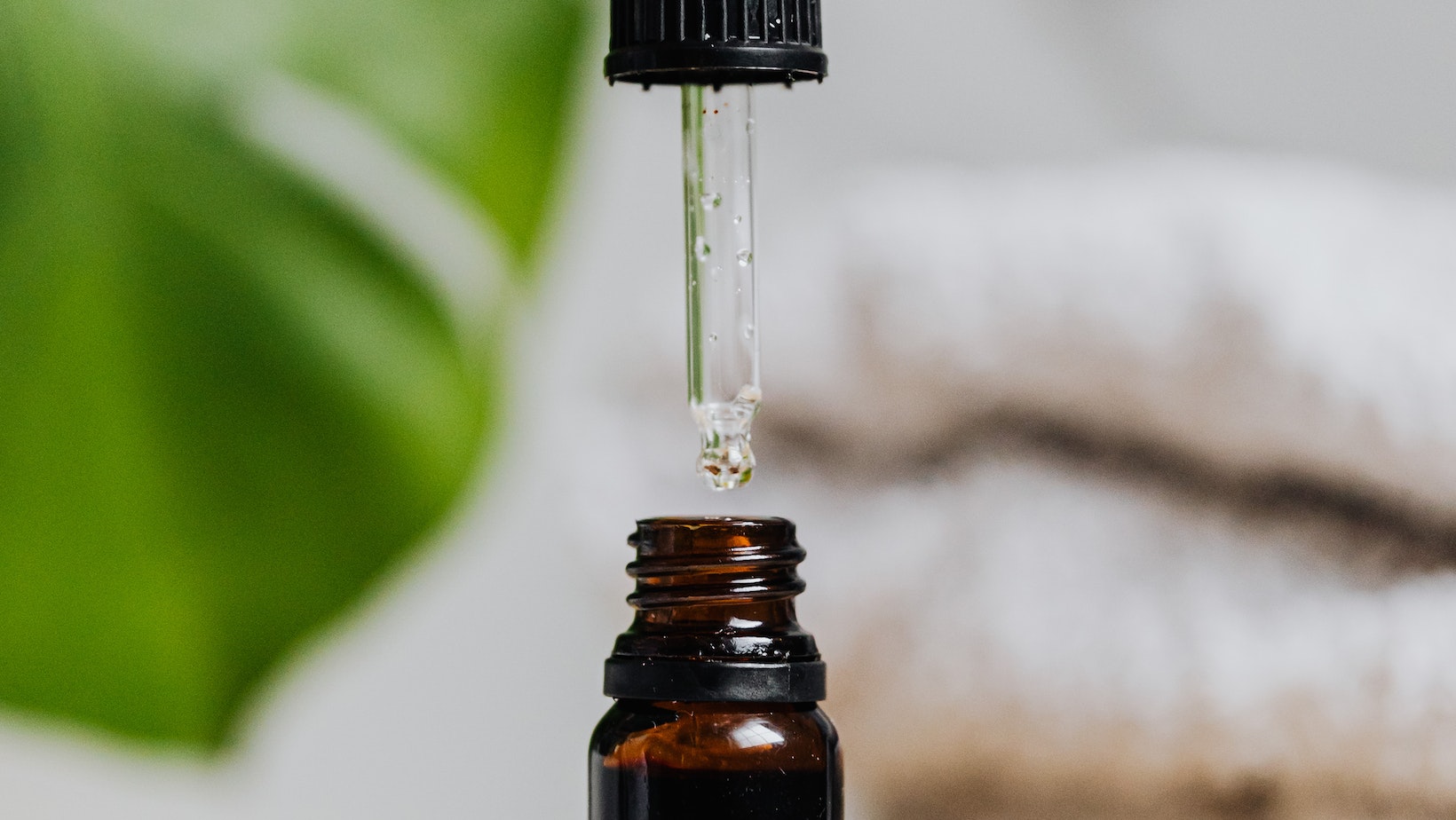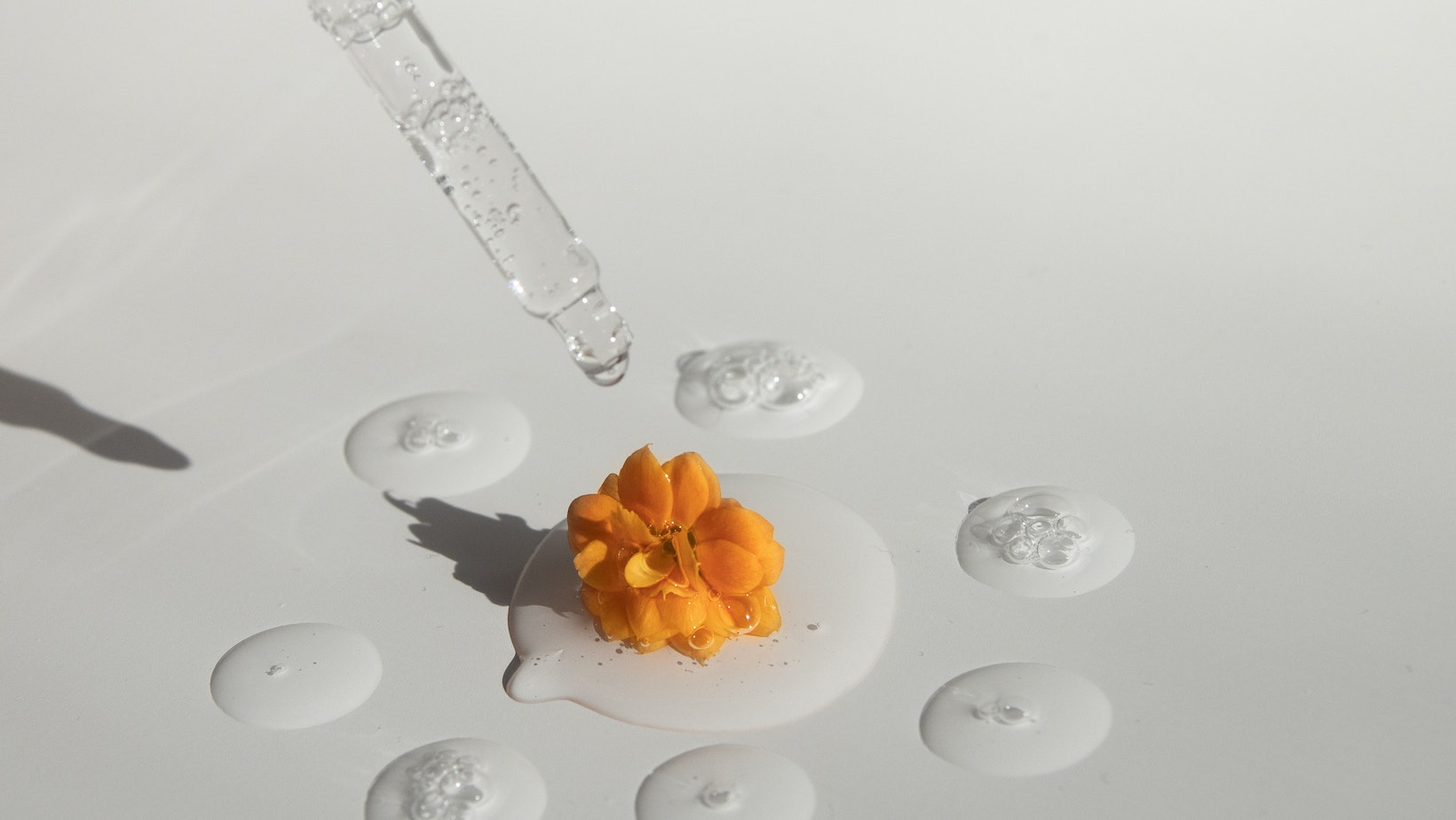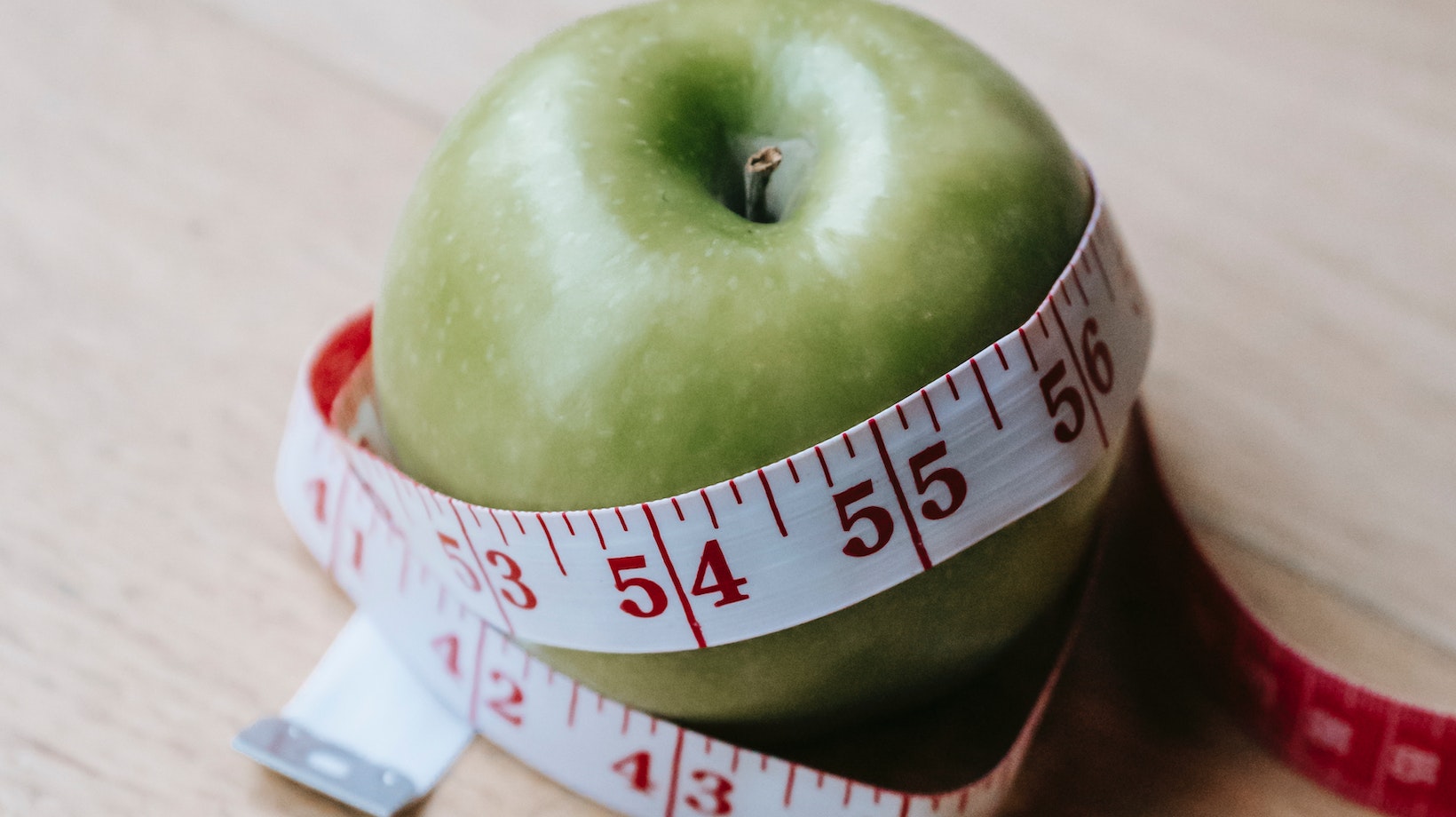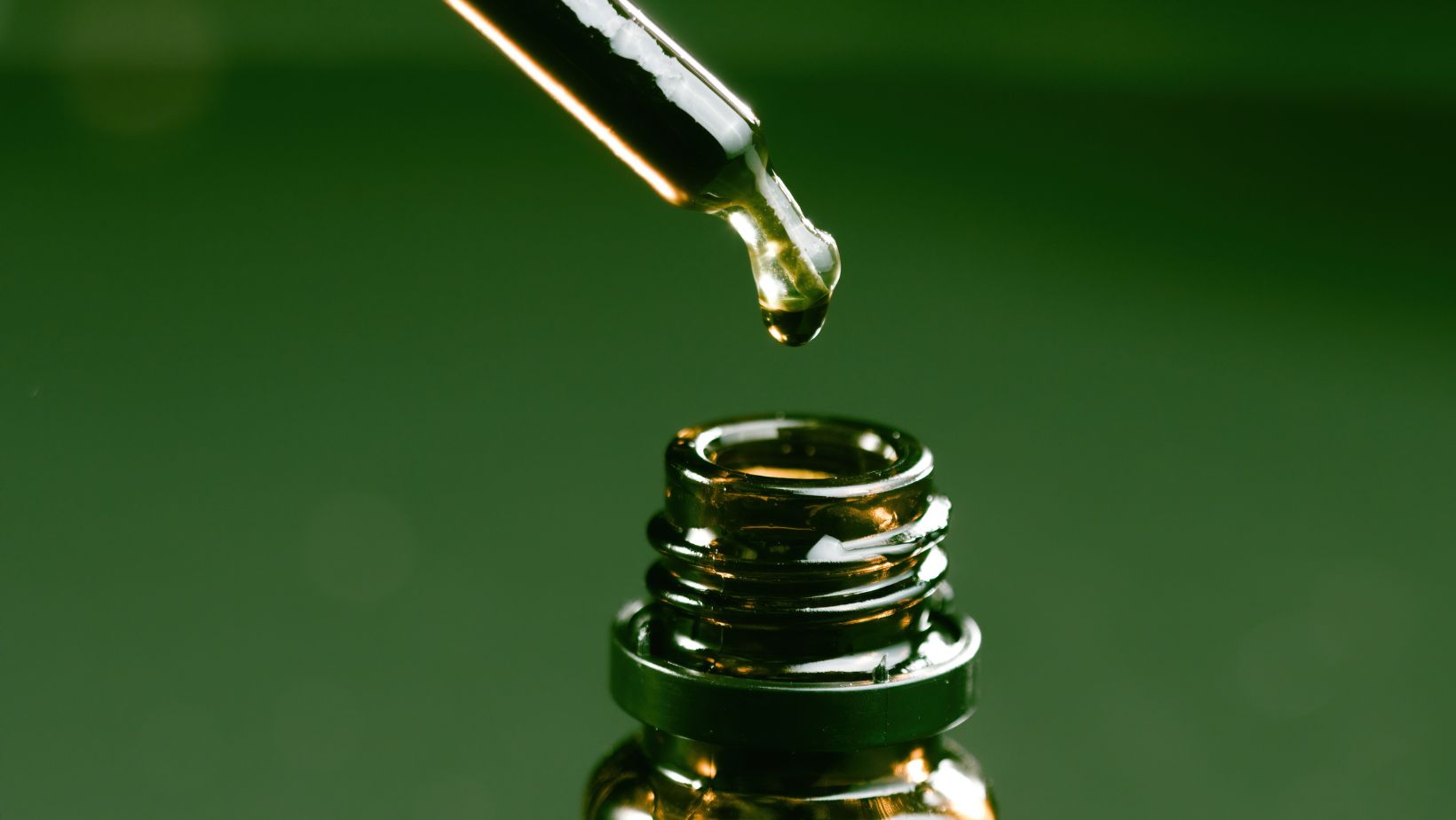How Many mL Is In A Dropper: Understanding The Measurement

How Many mL Is In A Dropper
Wondering how many milliliters are in a dropper? You’re not alone! Understanding the volume measurement of a dropper can be confusing, especially when it comes to accurately administering liquid medications or supplements. In this article, I’ll provide you with a straightforward answer to this common question and shed light on the importance of knowing the capacity of a dropper.
So, let’s get straight to the point. The standard size of a dropper typically ranges from 0.8 ml to 1 ml. However, it’s crucial to note that not all droppers are created equal – some may hold slightly more or less liquid depending on their design and purpose. To ensure accuracy in dosage, it is always recommended to refer to the specific measurements provided by the manufacturer.
Whether you’re using a dropper for medical purposes or simply need precise measurements for your DIY projects, understanding its volume capacity plays a vital role in achieving accurate results. Now that we’ve clarified how much liquid a typical dropper can hold, you can confidently move forward with your next endeavor requiring precise measurements.

Understanding the Volume of a Dropper
When it comes to using droppers, understanding their volume is crucial for accurate dosing and measurement. The volume of a dropper plays a significant role in various fields such as medicine, chemistry, and even cooking. In this section, we’ll delve into the factors that determine the volume of a dropper and how to interpret it correctly.
- Design and Size: Droppers come in different designs and sizes, which directly affect their volume capacity. Some droppers have a straight design with markings on the side indicating milliliters (ml), while others may have a bulb at one end for easy squeezing. It’s important to note that not all droppers are created equal in terms of volume; some may hold 1 ml, while others can hold up to 3 ml or more.
- Calibration and Markings: Many droppers are calibrated with markings along their length to help measure specific volumes accurately. These markings provide guidance on how much liquid is being drawn or dispensed by the dropper. However, it’s essential to be aware that not all droppers have clear and precise markings. Some may only indicate approximate measurements, such as “half full” or “full,” making it challenging to determine exact volumes.
- Technique: Accurate measurement with a dropper also relies on proper technique during usage. When extracting liquid from a bottle using a traditional glass pipette-style dropper, you’ll need to squeeze the rubber bulb at its top end before inserting it into the liquid solution gently. Slowly release pressure on the bulb while ensuring that no air bubbles form within the pipette tip when withdrawing liquid.
- Conversion Factors: Understanding conversion factors is vital when translating drops or milliliters measured by a dropper into other units of measurement like teaspoons or tablespoons for cooking purposes. While there isn’t an exact standard conversion rate between drops and milliliters due to variations in dropper sizes and liquid viscosity, a general rule of thumb is that 20 drops are roughly equivalent to 1 milliliter.
By comprehending the factors influencing the volume of a dropper, interpreting its markings accurately, and employing proper technique, you can ensure precise dosing and measurements. Remember to always consult product instructions or medical professionals for specific guidelines on using droppers for medications or other specialized applications. Understanding the volume of a dropper empowers you with the knowledge needed to handle liquids with precision and confidence.




